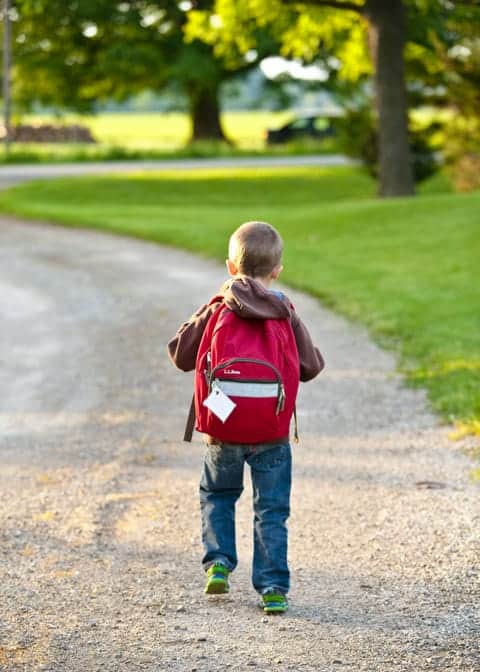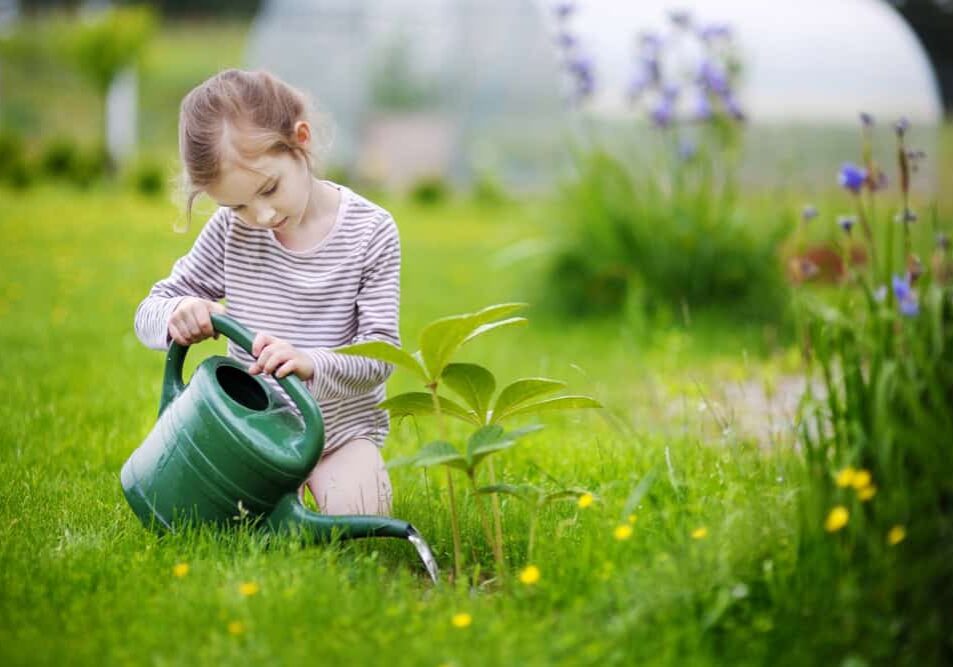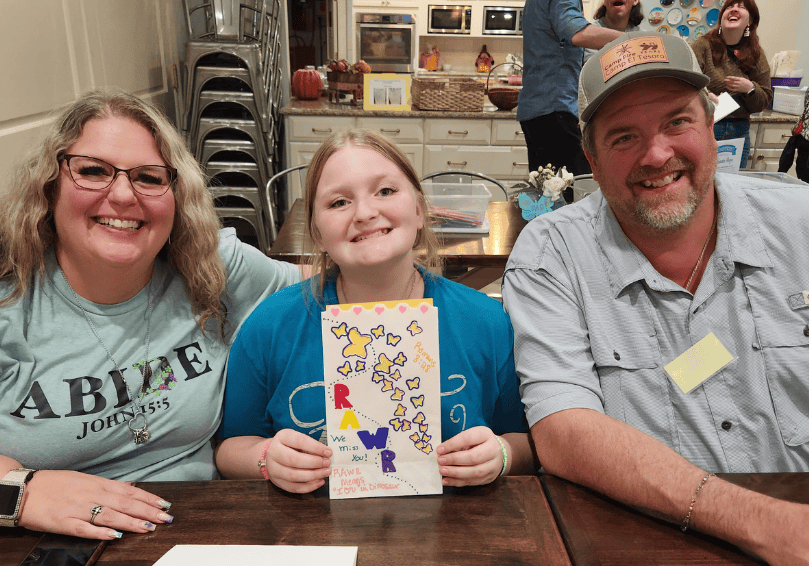A time most parents get excited about and most children cringe — back-to-school marks the end of relaxed schedules, sleeping in, and summer vacations. Preparing for going back to school is a whirlwind of activity.
 Everyone is examining their checklist:
Everyone is examining their checklist:
- New clothes
- Backpack
- School supplies
- Lunchbox
- Carpool/bus schedule
Back-to-school for a grieving child is more like a tornado of emotions.
Their checklist looks like this:
- Worry and fear something will happen to someone else I love when I am not there.
- I cannot concentrate, my mind is racing.
- What will other kids say to me?
- Don’t cry at school.

Did you know that grief can have a profound impact on school performance and learning?
In addition to the excitement and anxiousness of starting a new grade or new school, having a new teacher or wondering what friends will be in my same class or will I make new friends; a grieving child experiences apprehension about flooding emotions that fill their minds and bodies. For some grieving children getting back to their structured schedule with friends and activities is very helpful. For others, these things can be an overwhelming added pressure.
Each child experiences grief in their own unique way. This depends on many factors including a child’s age, type of loss, relationship with the deceased, circumstances of the death and changes that have occurred as a result of the death.
One problem we hear about repeatedly from the youngest to oldest child is “focus”. Concentration and attention at school for a grieving child become difficult. Distractions are due to memories and emotions that are triggered at different times of the day. Schoolwork may seem pointless and discouraging. Children who already struggle may see a more intense struggle. What can we do? Unfortunately, there is no magic formula. However, there are helpful steps that can be taken to aid in helping children of all ages cope with grief and school.
Plan
 Communicate your child’s situation with school officials. You’ve heard the saying “it takes a village” and navigating grief certainly does. Reach out to your school staff, teachers, and counselors. They are on the frontlines and are willing to work with families, but they cannot be supportive if they are not informed. Keep an open dialogue with the school. Your child might need extra academic help during the year, or they may find they need a short time out at some point during the day.
Communicate your child’s situation with school officials. You’ve heard the saying “it takes a village” and navigating grief certainly does. Reach out to your school staff, teachers, and counselors. They are on the frontlines and are willing to work with families, but they cannot be supportive if they are not informed. Keep an open dialogue with the school. Your child might need extra academic help during the year, or they may find they need a short time out at some point during the day.
Teachers – your role is to be present. You are not expected to have all the answers or to “fix” anything. Actively listening to a child brings support and comfort to them in a world where they and their parents are adjusting to changes in their life. Secondary losses, such as moving out of their home, a parent going back to work, financial struggles, and just the absence of someone they love, create chaos within the child. Reassurance and patience allow a child to experience some relief in the classroom.
Prepare

Identify your expectations with your child. What will this year look like for them? Set expectations for grades, bedtime routines, and homework time. It is important to have scheduled “downtime.” Whether that is one night during the week or on the weekend, this is beneficial for parents, as well as children. Grief can not only be emotionally draining but also physically draining. Having that time to recharge is essential to you and your family’s health.
Acknowledge challenges. There will be difficult times. Expect that there may be hurtful responses from other students. Give your children the option of deciding for themselves who they will share their story with and when. It may help to practice with your child responses they can have to someone’s questions or comments about the death. Obviously, you cannot predict everything.
Determine your child’s support system. Those they can go to when the day is difficult; worry, fear, or anxiety sets in; or feelings are just overwhelming that day. Talk about some ways to cope. Whether it is thinking of a safe place, having an object or picture in their pocket or backpack, or reading an encouraging note, there are several things to help them get through the day. Children can take part in brainstorming coping skills with you.
Check-In
Touch base not only with school staff but with your child. The school year is busy for everyone. Time seems to be in short supply. Designate a time to regularly check in with your child. What is going on emotionally and physically? Grief takes its toll in these areas. How are relationships going? What is happening at school (both positively, as well as negatively)? Be as attentive as possible to listening and validating your child’s thoughts and feelings. Take time to evaluate your coping skills.
 Most of all give your child permission to have fun and enjoy this year. As we say in our WARM Place traditions: “It’s okay to be sad and cry, but it is also okay to be happy and laugh.” Grief and moving forward in your life are not mutually exclusive. You can do both!
Most of all give your child permission to have fun and enjoy this year. As we say in our WARM Place traditions: “It’s okay to be sad and cry, but it is also okay to be happy and laugh.” Grief and moving forward in your life are not mutually exclusive. You can do both!
In this new school year filled with ups and downs, we wish you fulfillment and joy along the journey.



